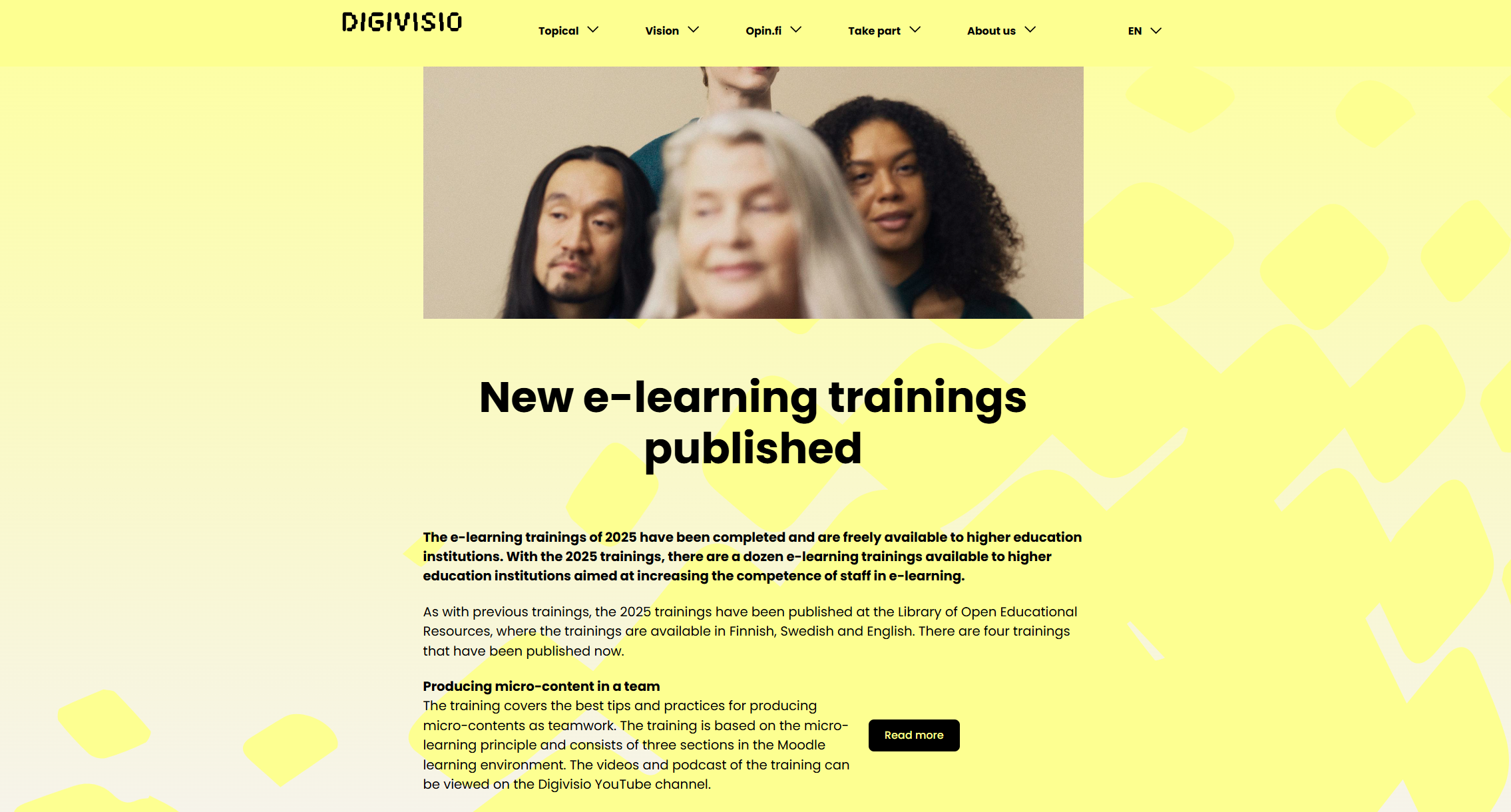Definition
Digital pedagogy enhances teaching and learning through technology-driven strategies.
24/7 study mode – individual and flexible study path
The 24/7 study mode is offering an alternative to traditional daytime studies and work-based learning. This model enables students to study flexibly at their own pace, allowing them to create a personalized study plan by selecting from various course offerings.
It is particularly suited for self-motivated learners with prior experience, as it supports accelerated progress and independent study.
To enhance this mode, it is essential to have a well-structured plan for module development, facilitate team collaboration, and allow seamless transitions between study formats.
Hybrid and hyflex – learning from anywhere
Hybrid and HyFlex learning integrate face-to-face and online education, giving students the flexibility to choose their preferred mode of participation.
The Hybrid model allows students to join sessions either in-person or remotely, while the HyFlex model provides an additional option for asynchronous learning through recorded lectures and self-paced activities.
The success of these models depends on ensuring an equitable learning experience for both in-person and remote students, promoting active engagement, and balancing the teaching workload through collaborative planning among educators.
Non-stop – flexible time-independent learning
he Non-Stop learning model allows students to begin, progress, and complete their studies at any time within a predefined period. This on-demand approach ensures accessibility but requires structured learning rhythms to maintain quality. Key elements of this model include:
1️⃣ Student enrollment & approval
2️⃣ Seamless integration with learning platforms
3️⃣ Ongoing guidance & progress support
4️⃣ Efficient assessment & feedback mechanisms
While this format enhances learning flexibility, it also demands careful instructional design and advanced automation capabilities (e.g., Moodle integration) to ensure consistent learning outcomes.
Downloadable material
These recommendations were developed as a part of the I-BOX Digital Toolbox for Innovation in Nursing Education project, GA 2019-1-ES01-KA203-065836.
AI is transforming education in three key ways:
Arene’s guidelines for AI use in Higher Education
Arene (Rectors’ Conference of Finnish Universities of Applied Sciences) is the national organization representing universities of applied sciences (UAS) in Finland. It advocates for high-quality education, research, and innovation, ensuring that Finnish UAS institutions remain at the forefront of digital transformation and AI-driven learning. Arene’s AI recommendations provide guidelines for ethical, transparent, and pedagogically sound integration of artificial intelligence in higher education.
AI at the organizational level
Universities must enable the responsible use of AI by providing clear guidelines, ensuring transparency, and promoting ethical practices.
📍 Key responsibilities:
Ethics & Fairness – AI must be transparent, fair, and respect privacy.
Competence & Training – Staff and students must be trained in responsible AI use.
Data Protection – AI must not endanger privacy or sensitive data.
Risk Management – Identify data leaks, copyright risks, and biases.
Monitoring & Development – Continuously update policies and track AI impact.
📍 Actions for Universities:
Enable AI tools and provide clear usage guidelines.
Ensure AI aligns with scientific integrity & equal access.
Monitor AI implementation & share updates with stakeholders.
AI and the role of teachers in Higher Education
Teachers play a key role in preparing students for AI-driven workplaces. They must integrate AI into teaching responsibly, ensuring students develop both technical skills and ethical awareness.
📍 Key responsibilities:
Understand AI’s role in teaching – Know how AI supports learning and efficiency.
Use AI responsibly – Ensure AI enhances students’ education, not replaces it.
Follow ethical guidelines – Promote fairness, equality, and privacy in AI use.
Recognize AI’s limitations – Understand where AI is useful and where human judgment is needed.
📍 How teachers should implement AI:
Encourage students to use AI tools in their studies.
Guide students on responsible AI usage for assignments and research.
Utilize AI in teaching, assessment, and lesson planning to enhance effectiveness.
Engage in discussions on ethical AI use within their academic communities.
Apply AI insights to industry-specific teaching, ensuring relevance to working life skills.
AI and students: responsible use in Higher Education
Students should develop AI competence to enhance their learning experience while understanding the limitations and ethical considerations of AI tools. AI can support knowledge building and research, but students are always responsible for their academic work.
📍 Key responsibilities:
Understand AI’s role – Learn how AI can streamline studying and assist learning.
Take responsibility – Critically evaluate AI-generated content; students are always accountable for their work.
Recognize AI’s limitations – AI lacks true understanding and may produce biased or incorrect information.
Follow ethical guidelines – Maintain academic integrity and avoid AI misuse in assignments and research.
📍 How students should use AI responsibly:
Adopt AI as a learning tool, not a replacement for critical thinking.
Provide feedback to teachers on AI’s effectiveness in learning.
Engage in discussions on ethical AI use in academic communities.
Report AI-related issues such as misinformation or unethical use.
Acknowledge AI’s role in theses & research, following institutional policies to avoid academic misconduct.
Ethical considerations & best practices for AI in education
While AI presents exciting opportunities, educators must consider ethical challenges and potential risks.
Key ethical concerns:
Best practices for AI implementation in teaching:
The Digivisio2030 initiative is a national project supporting the digital transformation of higher education in Finland. It provides comprehensive e-learning resources to help educators develop high-quality digital learning experiences, enhance competence-based education, and integrate innovative teaching methods.
Key offerings in Digivisio2030’s e-learning resources:















